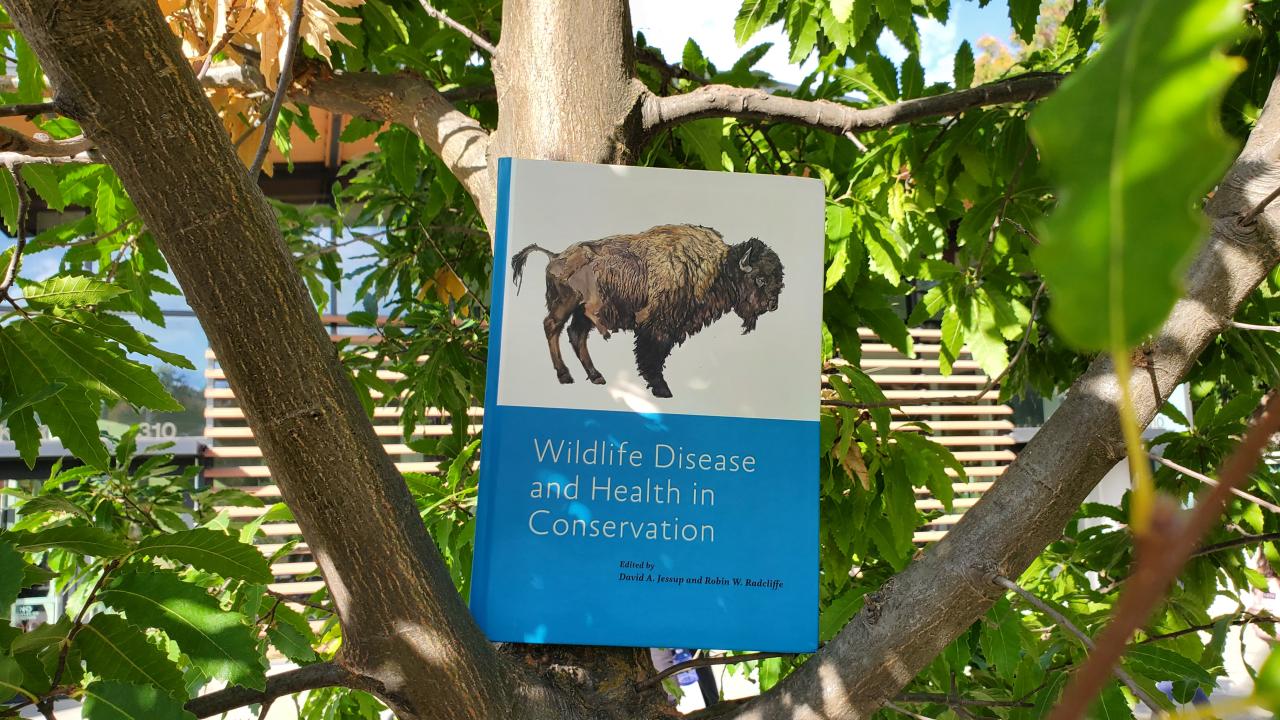
NEW PUB: Emerging Coronaviruses: A One Health Harbinger
While SARS-CoV-2 has been the focus of everyone’s attention since December of 2019 and continues to impact people’s health around the world, coronaviruses are not a new concern to those studying and responding to emerging diseases and outbreaks. Prior to the pandemic, outbreaks caused by coronaviruses, such as MERS-CoV and SARS-CoV-1, presented threats to public health and safety. Characteristics that increase transmission risk, like the ability to move between different species and cause respiratory symptoms, makes coronaviruses an important topic to understand for the One Health community.
Recently published in “Wildlife Disease and Health in Conservation” (Johns Hopkins University Press, 2023), members of the EpiCenter and OHI teams wrote a chapter about emerging coronaviruses, describing their history of detection in animals and highlighting zoonotic coronaviruses that arose in animals and now cause significant disease in humans. Aimed at wildlife professionals, this chapter emphasizes the potential for cross-species transmission, from humans to animals but also from animals back to humans, as likely occurred in white-tailed deer during the pandemic. The evidence of human-to-deer and deer-to-human transmission reveals a potential intervention point, where changes in human behaviors can help avoid cross-species transmission, and reduce the likelihood of viruses circulating in wildlife from entering or re-entering human populations. Most importantly, a broad One Health approach, encompassing the human, animal, and environmental perspectives of how coronaviruses are spread is vital to mitigating future emergence events and outbreaks. As humans and wildlife are increasingly in frequent contact, this chapter calls for the need to stay alert to situations that increase the likelihood of disease spread and to establish surveillance and prevention measures to help detect and avoid outbreaks.
